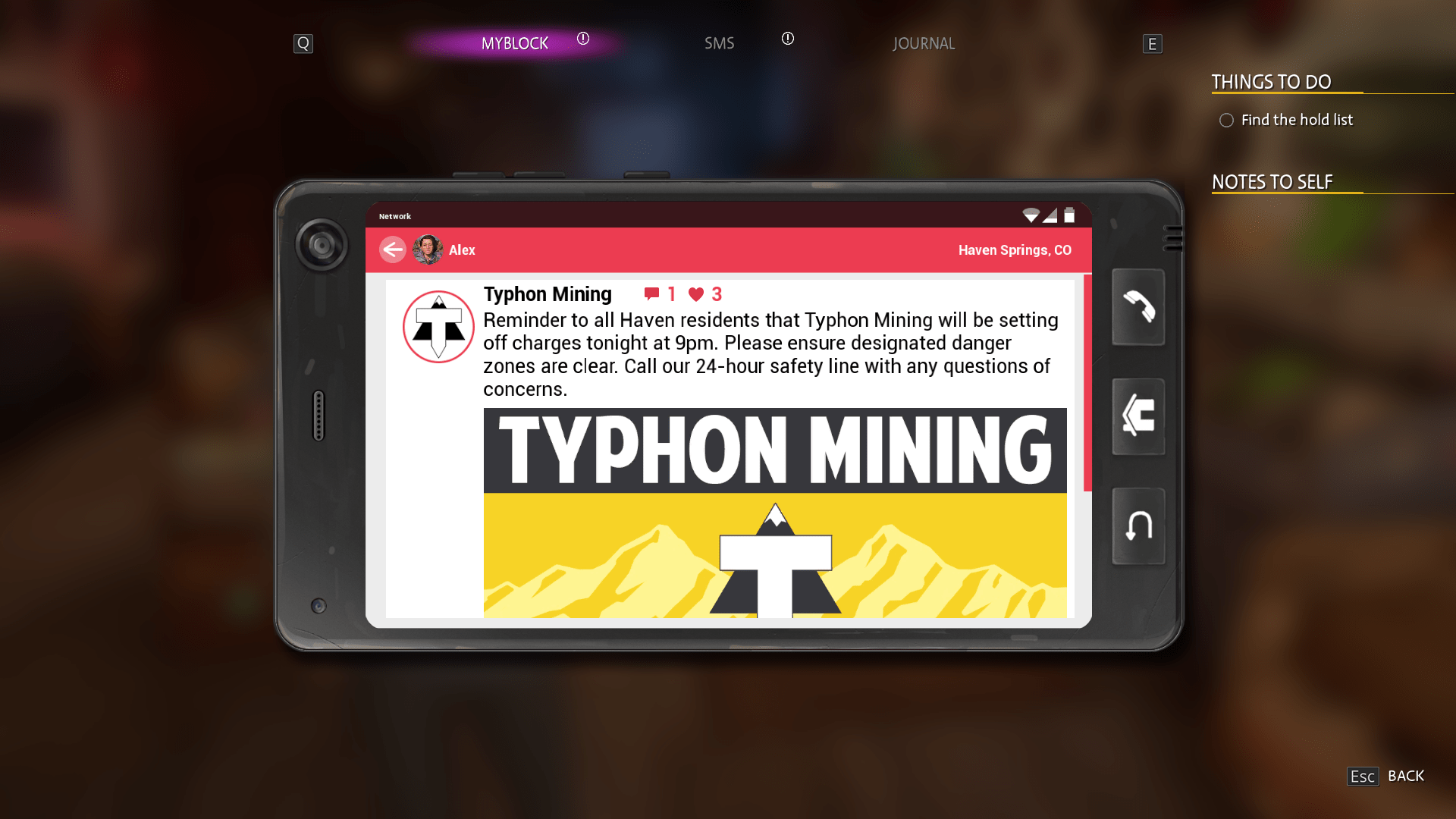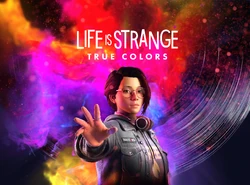“Life is Strange: True Colors” is an immersive narrative adventure created by the developer, Deck Nine Games. In this game, players step into the shoes of Alex Chen, a young woman gifted with the ability to sense and experience the intense emotions of those around her. As players navigate Alex’s journey through the picturesque town of Haven Springs, they’ll uncover its hidden secrets and unravel its mysteries, specifically about the death of her older brother. This game is tailored for a mature audience seeking an emotionally engaging experience. It’s available on various gaming platforms, inviting players to dive into its rich storytelling and impactful choices. In “Life is Strange: True Colors,” the narrative intricately intertwines with gameplay mechanics, such as giving players dialogue and action choices and players being able to walk and interact with informative items. The setting’s architecture controls the story, shaping the narrative through its environmental design and required character interactions, while loops and arcs within the narrative structure break the story into different repeatable actions that build up clues and segments of the story.
Gameplay mechanics on narrative and exploration “fun”
This game has two specific mechanics that lead to narrative and explorative aesthetics that create fun: (1) players are given choices when interacting with characters, which ultimately shifts the gameplay and narrative, and (2) players are able to walk and interact with objects within the game, allowing them to additionally explore the narrative themselves. Firstly, players are typically presented with two choices at a time, and when I played the game, there was some text stating that my choice would have an impact on what happens in the game. This leeway for player agency goes to show that the narrative is dynamic, with many different outcomes. Since the main story is told through movie-like cut scenes, the game itself might control which scenes play depending on your choices. I didn’t get to play the game several times to know if there are different endings, but the storyline can assume to deviate at different parts based on player input.
Next, as you can see below in the pictures, players are also able to have some time between cut scenes to look around the scene, finding artifacts that might foreshadow things about the narrative. For example, I found this flyer about how there will be some blasting happening at a mine. It is also repeated on my phone, making me feel like this is an important aspect of the story. I also interacted with a child who likes to sneak into these mines. This foreshadowing leads me to believe that the child will somehow get into an accident of some sort during the automated blasting. There are a variety of different objects in the game’s setting architecture that allows for this exploration, such as making players go into a record store and interact with the characters and things there. These boundaries “force” players into experiencing certain parts of the game that are critical during gameplay.

[phone with typhon mining warning]

[picture of a flyer warning I interacted with]
Ultimately, “Life is Strange: True Colors” stands out as a narrative adventure that seamlessly weaves gameplay and storytelling, offering players a compelling and emotionally resonant experience filled with impactful decisions and intriguing mysteries to uncover through the mechanics and setting architecture. Additionally, loops of repeating actions of looking around and making decisions build into finding clues overtime.



